The Princeville Heritage Museum & Akron Townhouse School Endowment Fund
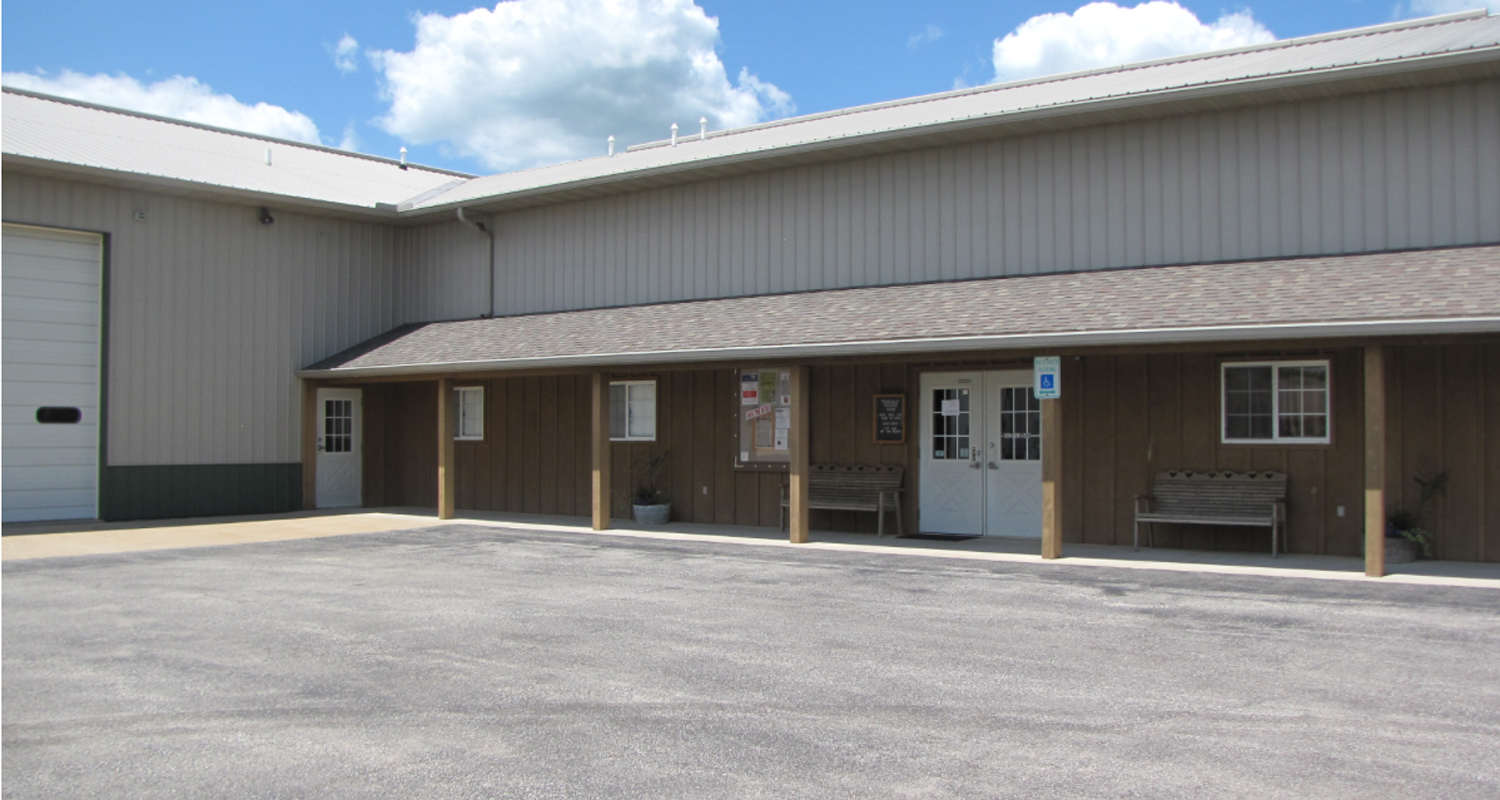
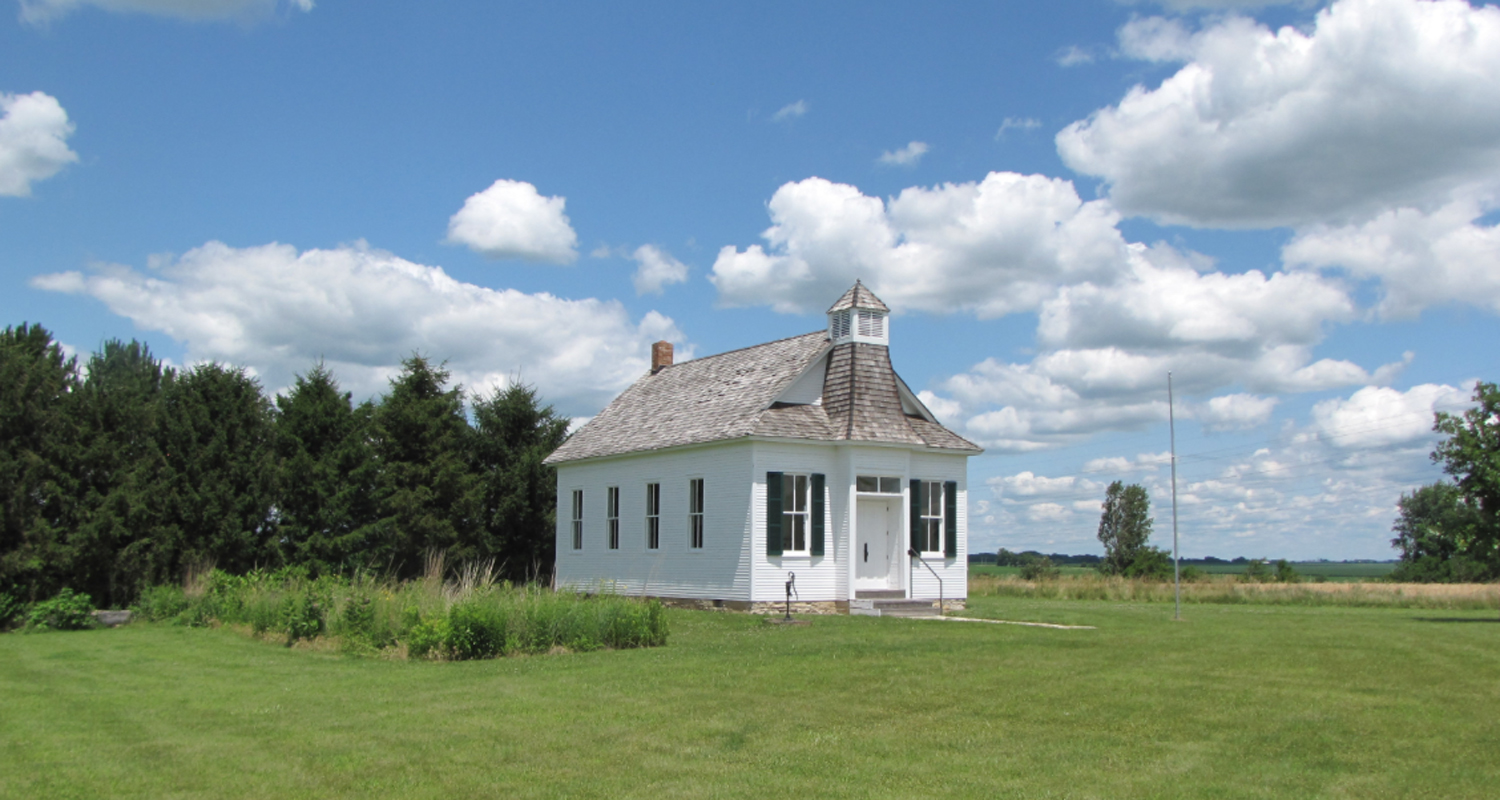
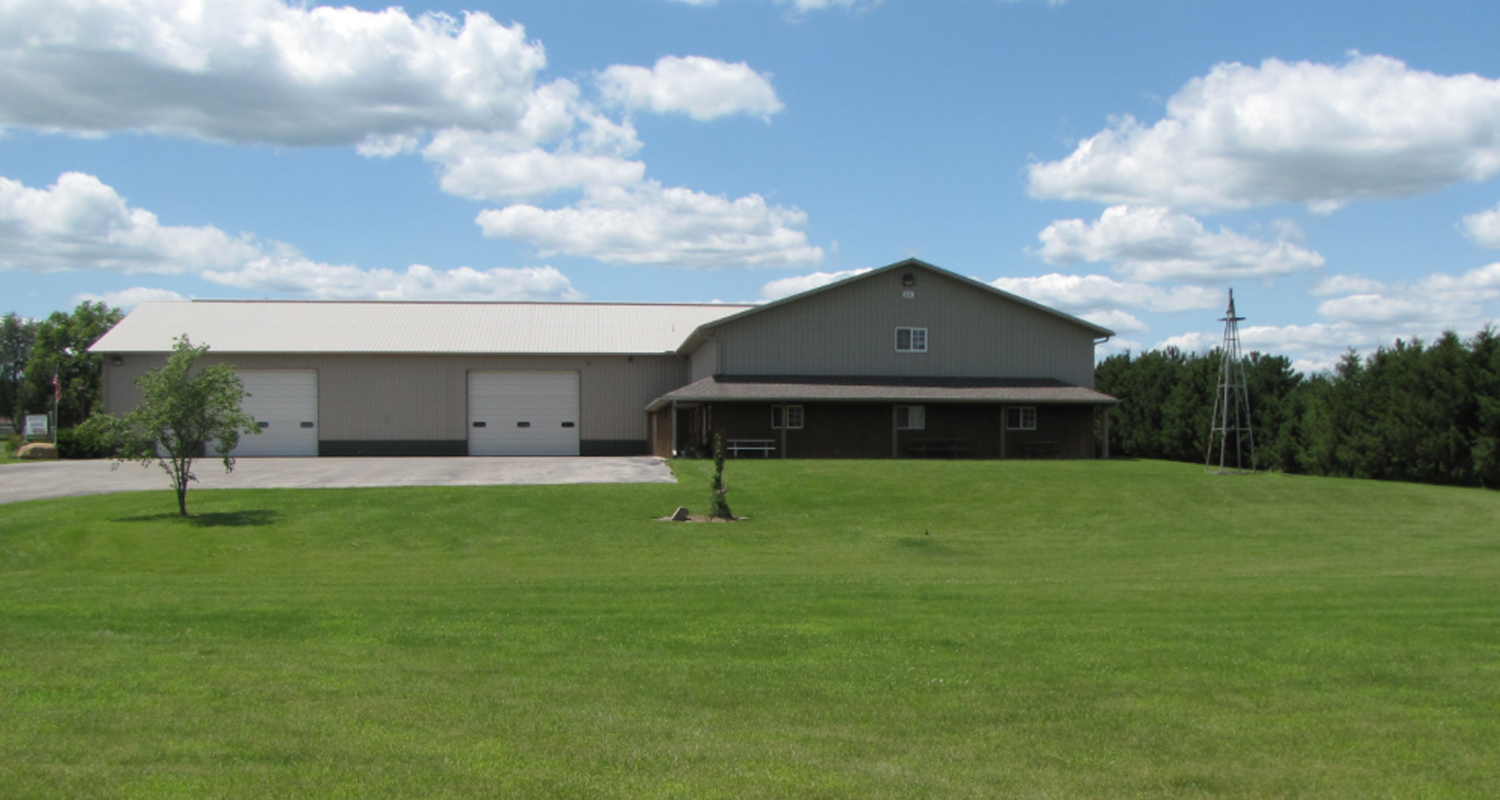
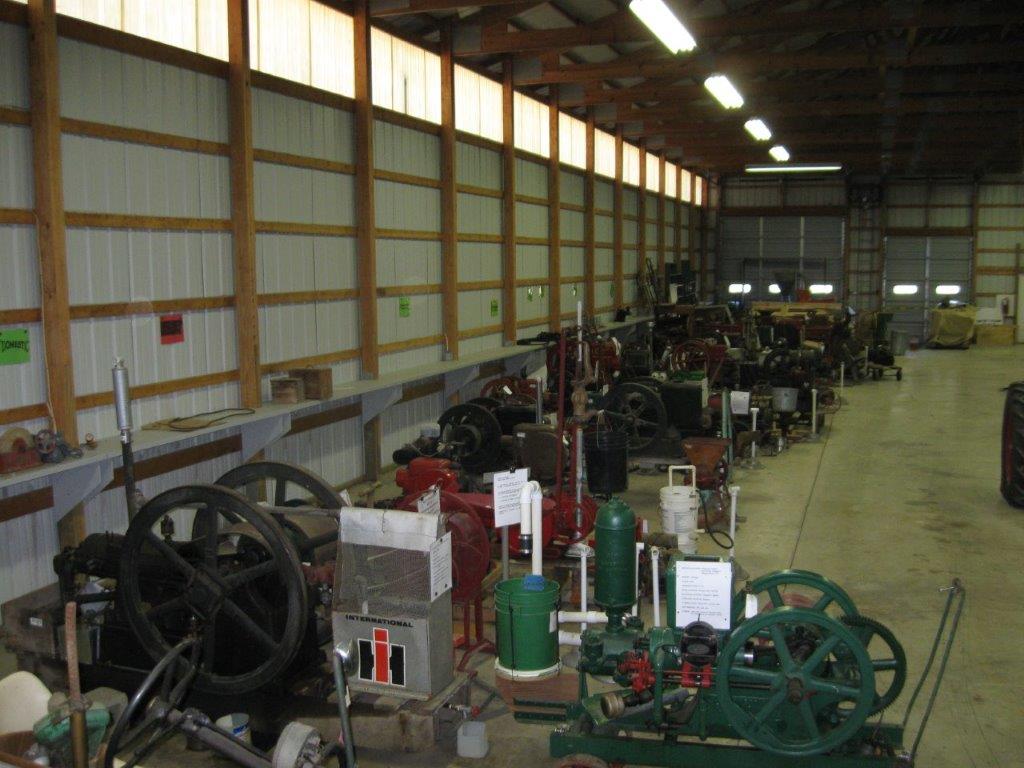
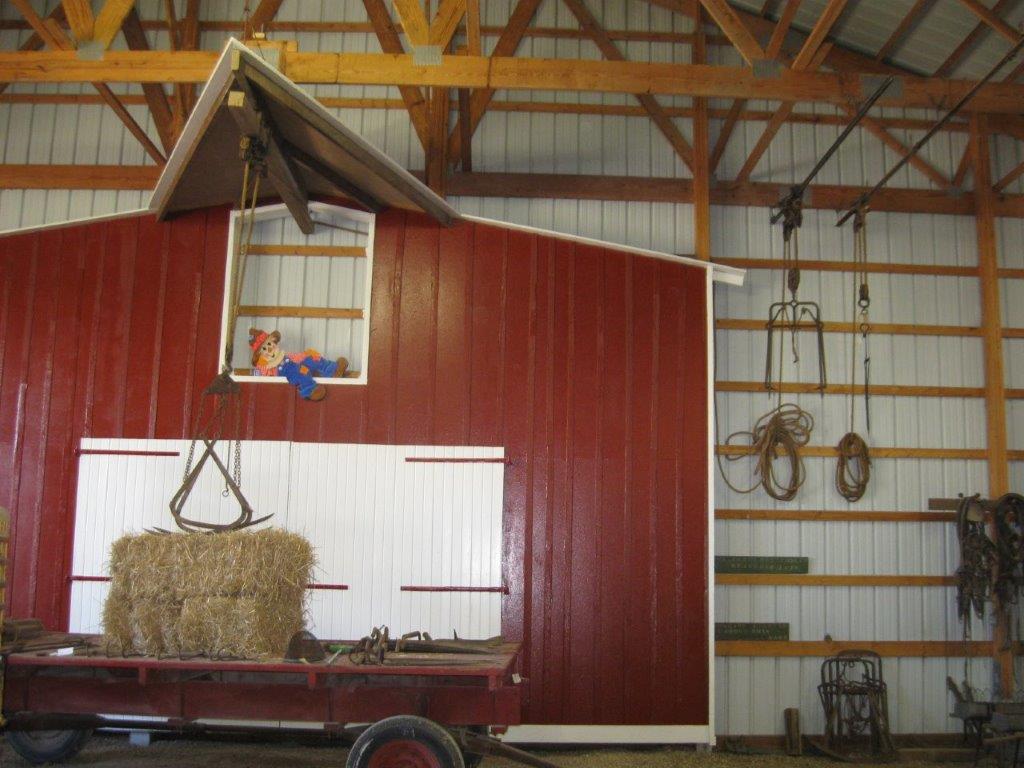
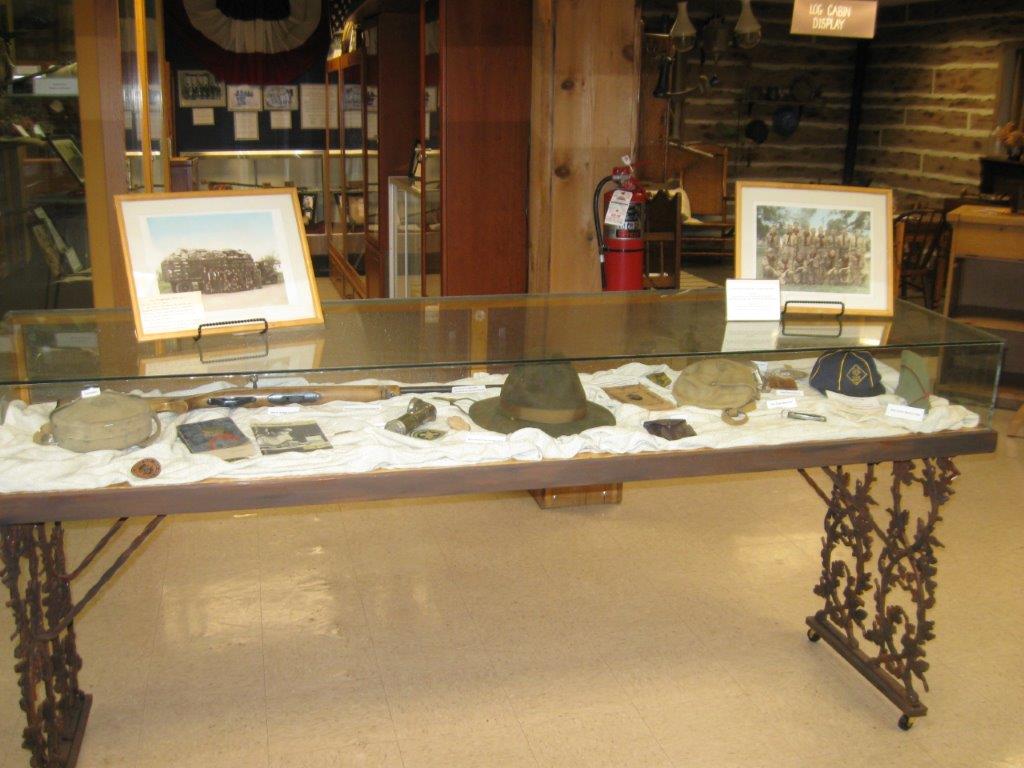

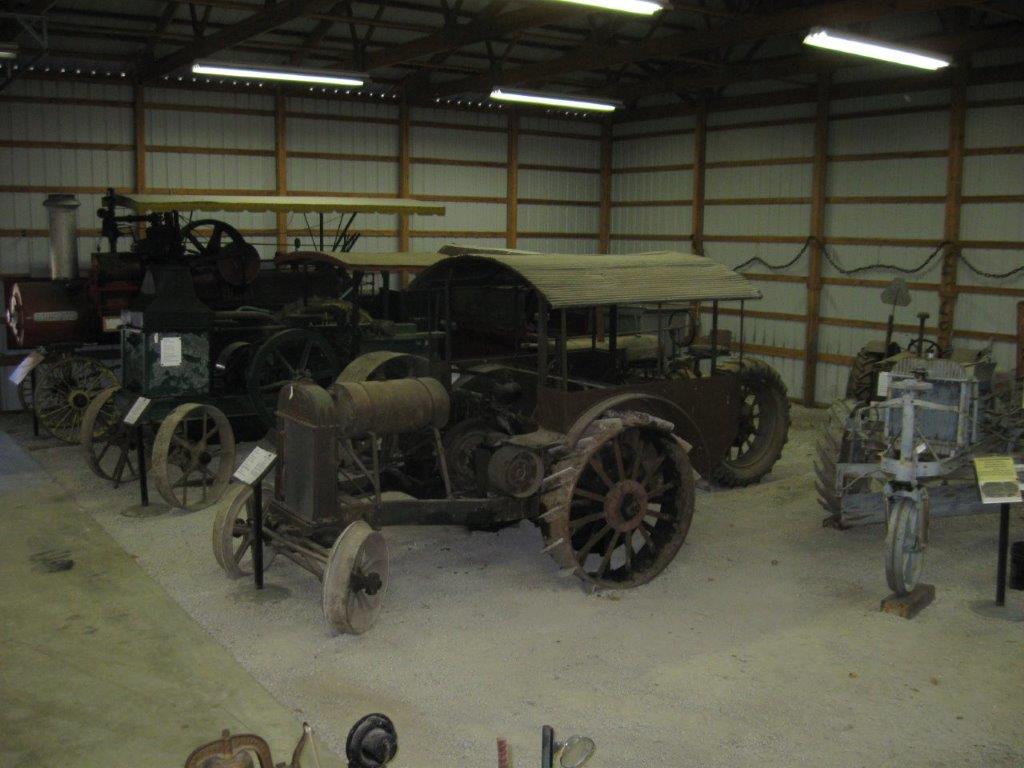
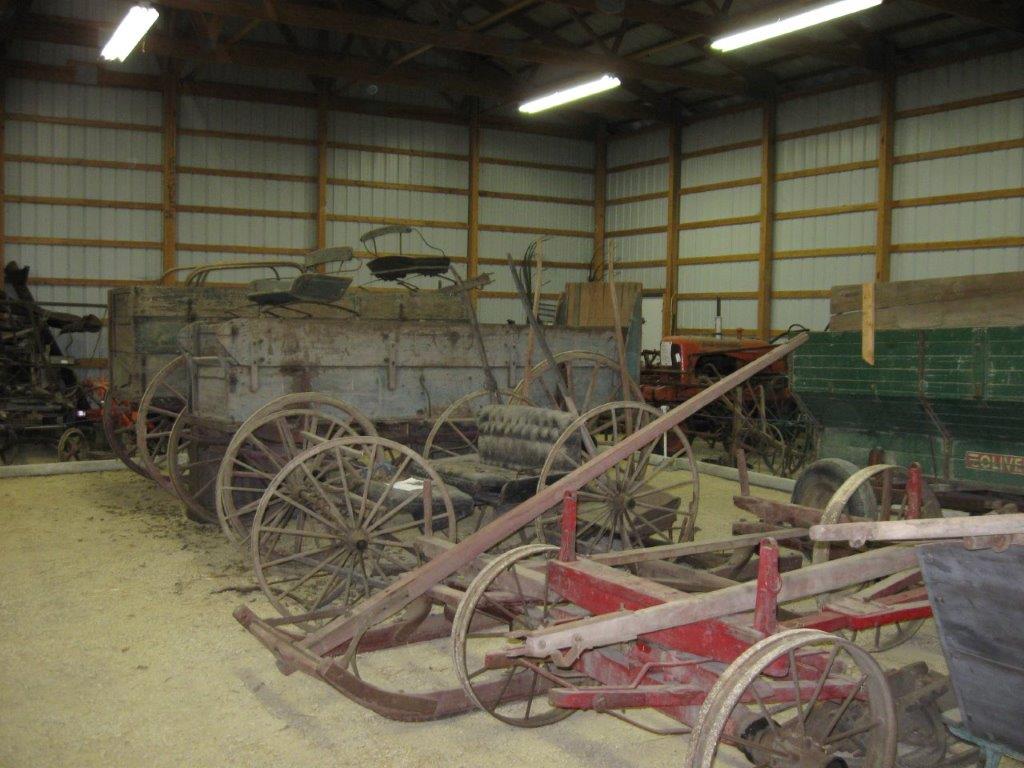
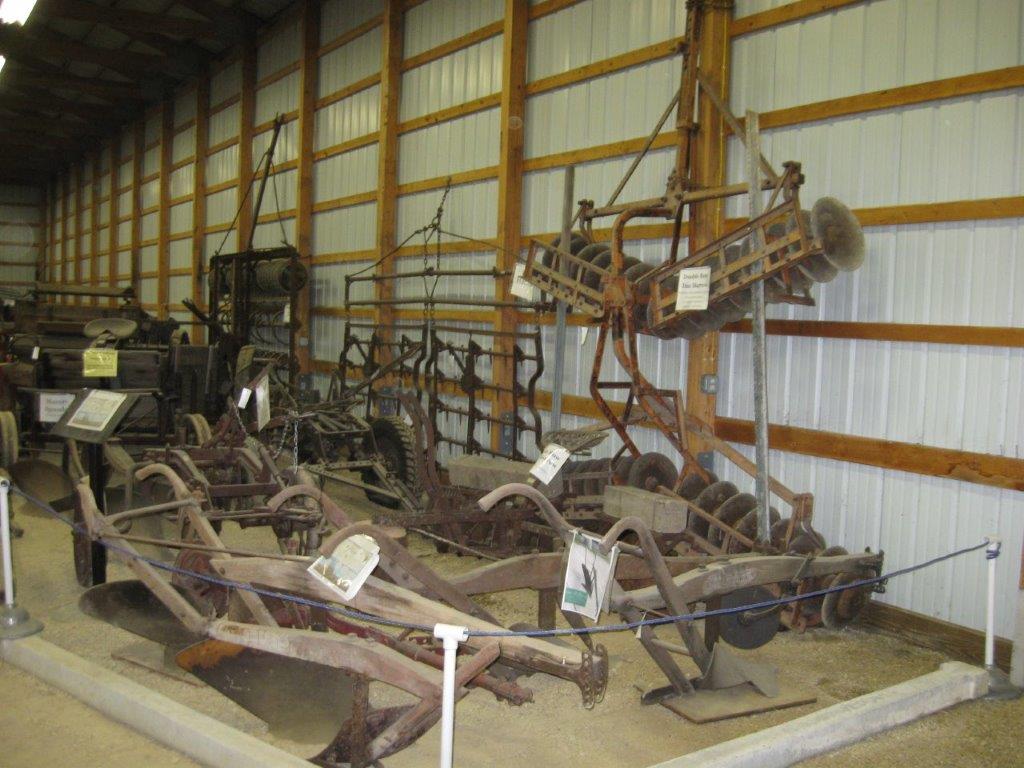

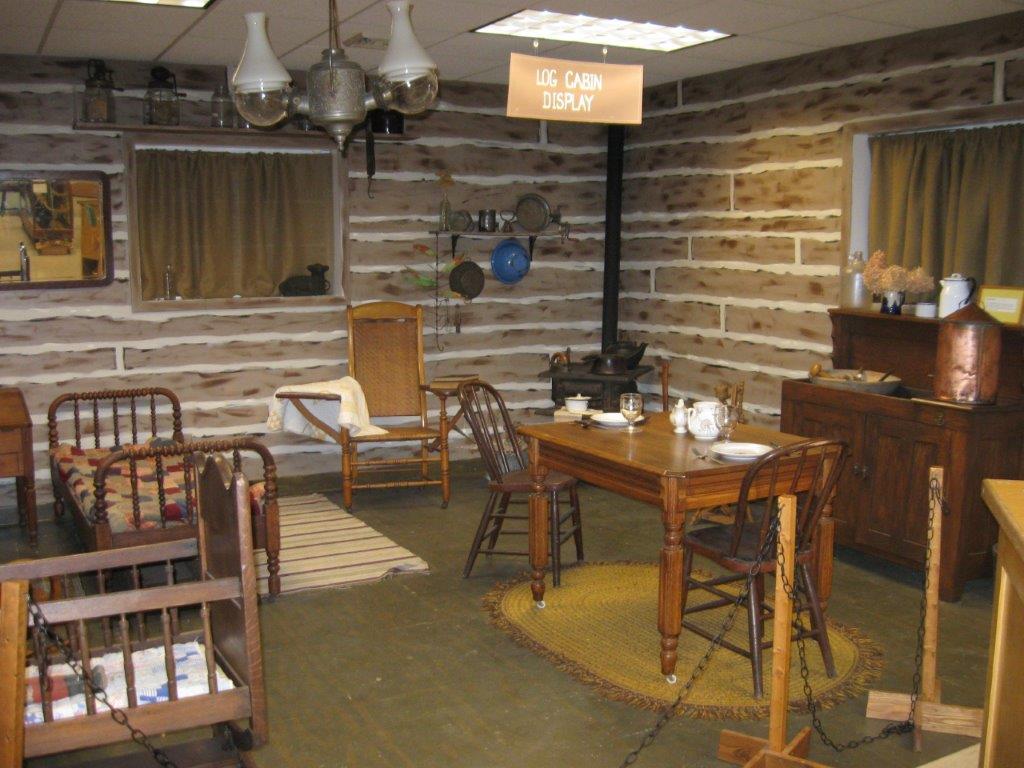
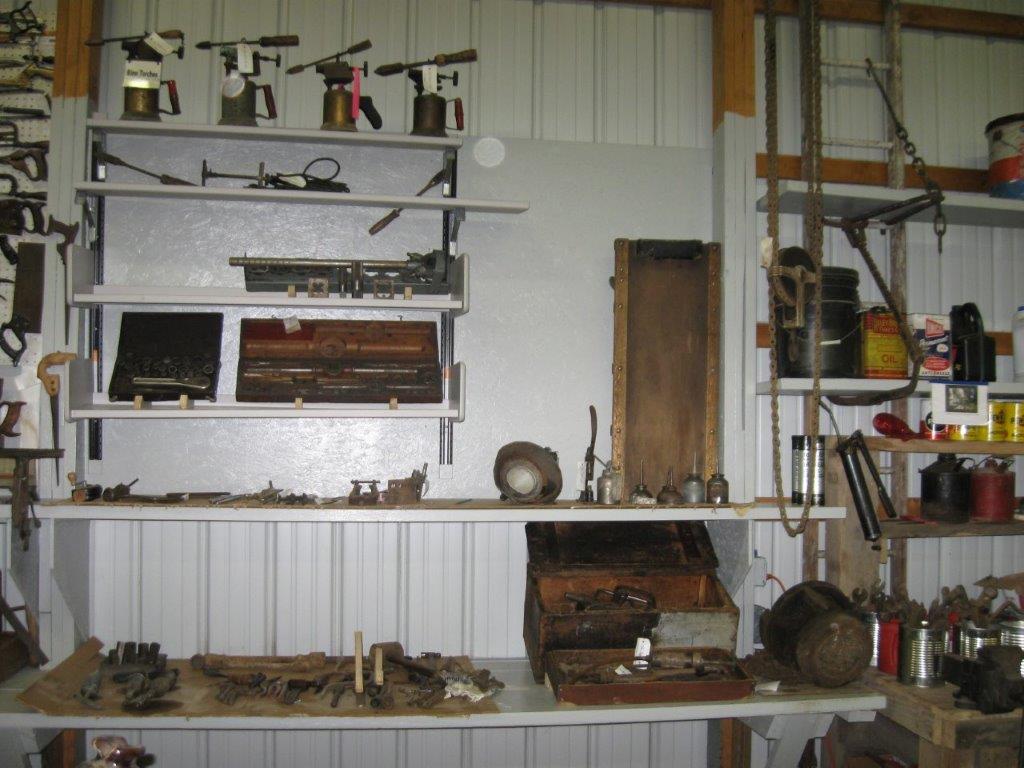
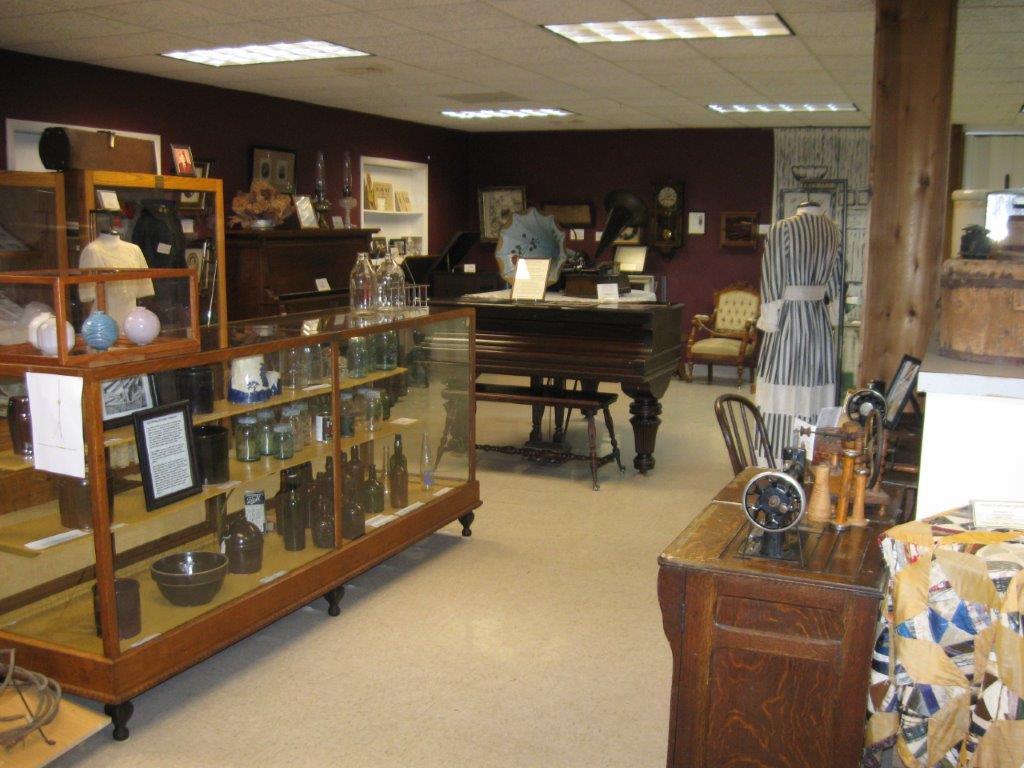
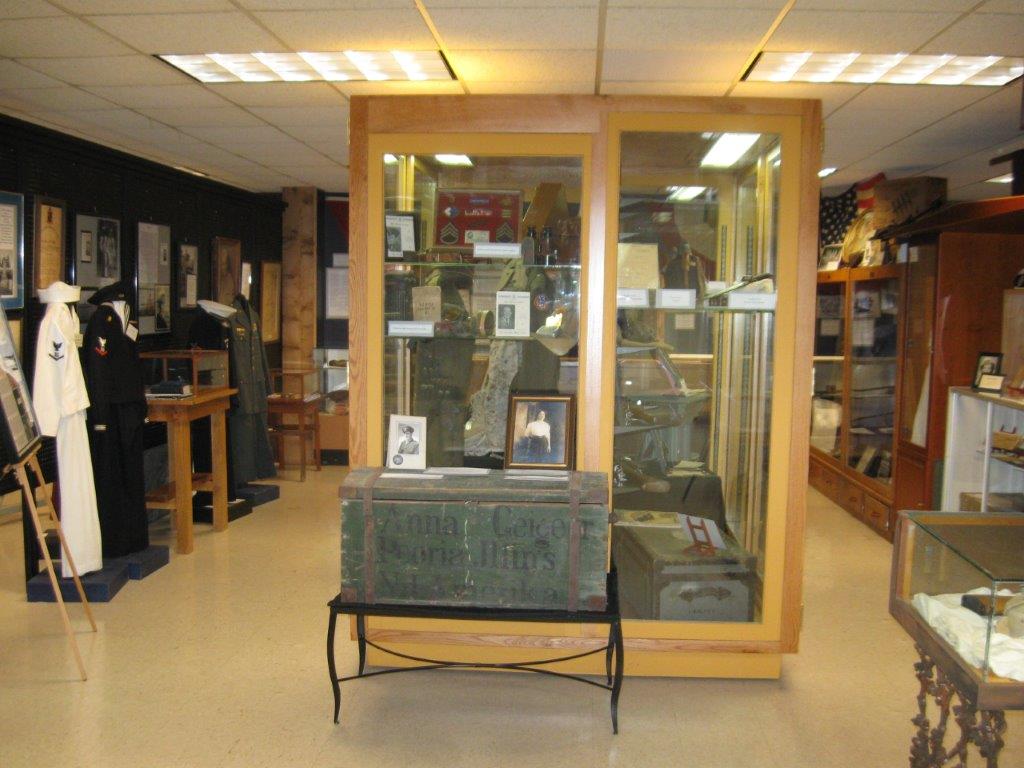
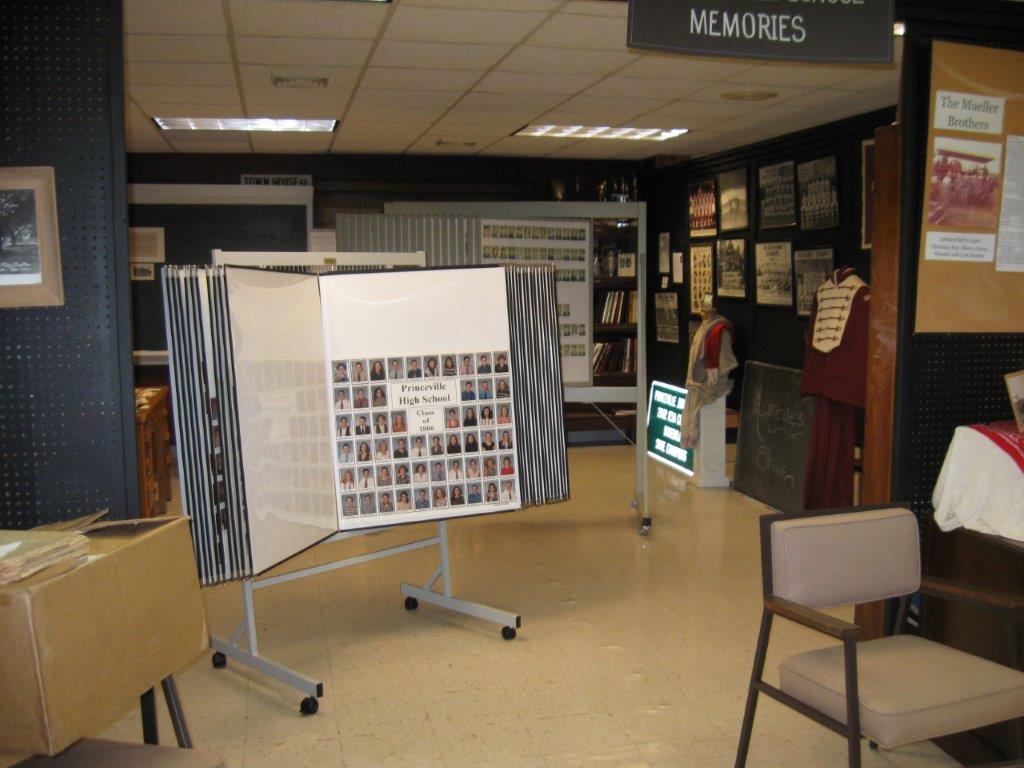
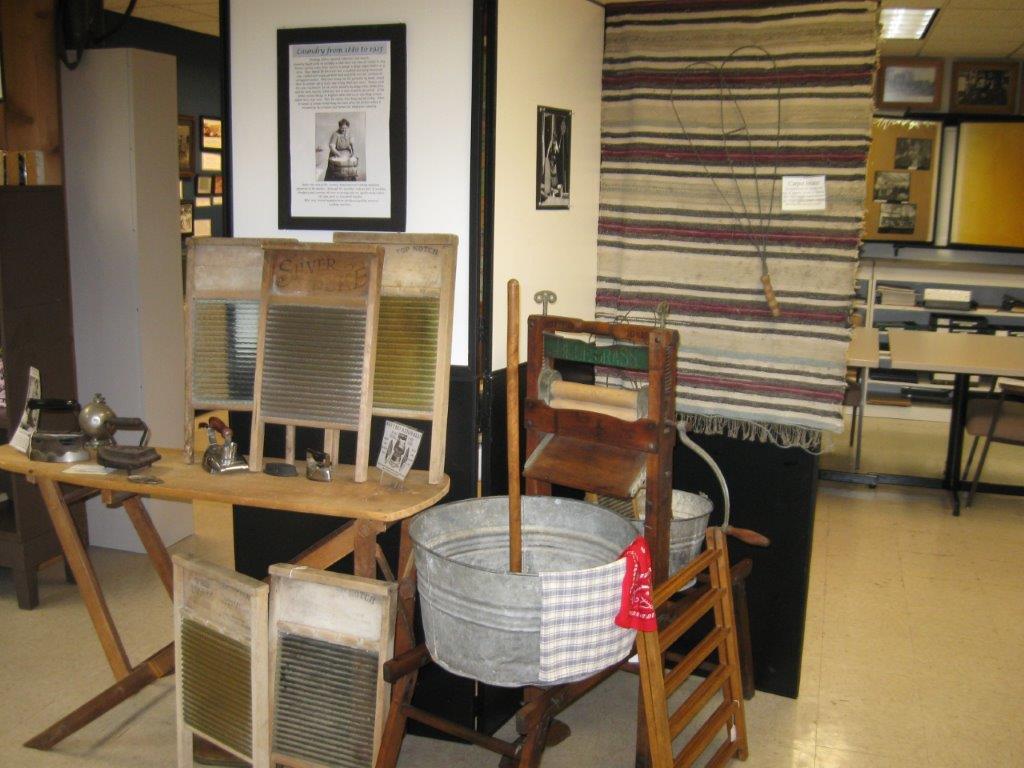
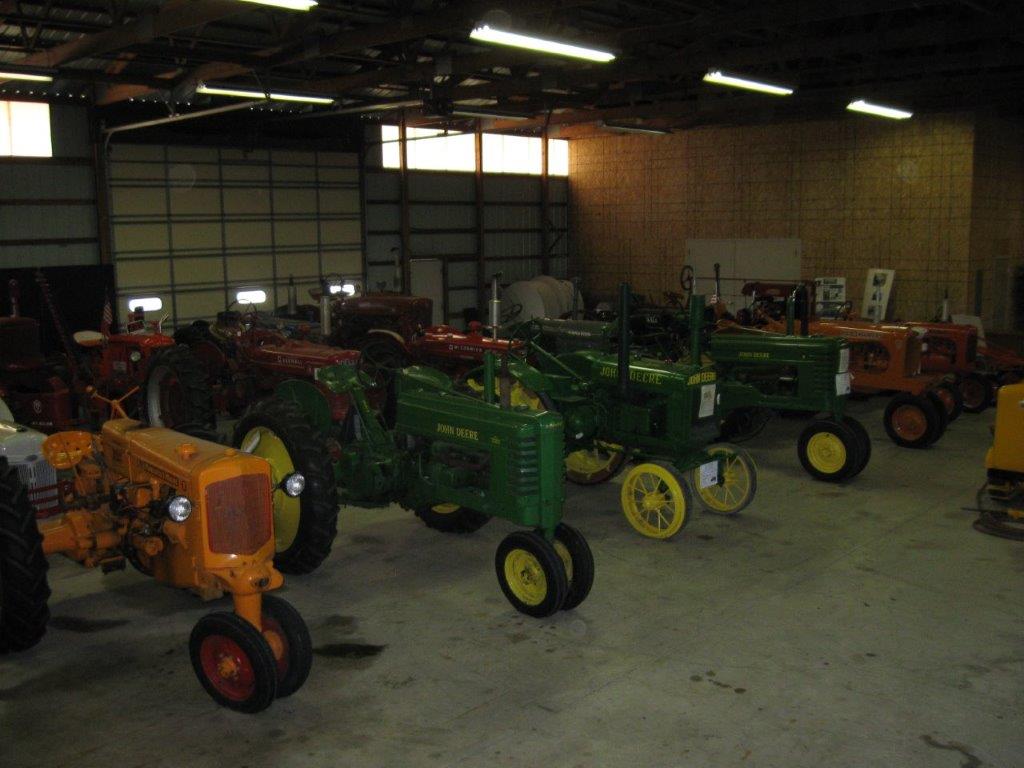
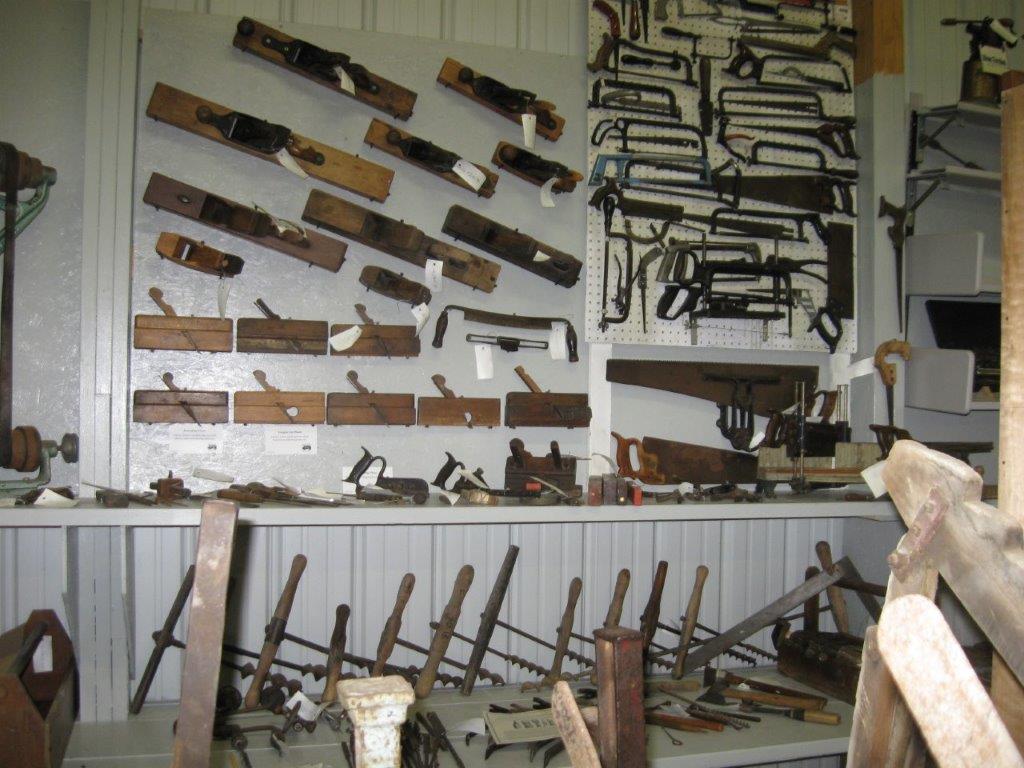
This Designated Fund was started in October of 2016 by Mr. Roy L. Maguire. It's purpose is to provide support for the Historical Society of Princeville, specifically to be used for the restoration, ongoing maintenance, and other related expenses of the Princeville Heritage Museum, and the Akron Townhouse School, 325 N. Ostrom Avenue, Princeville, IL 61559.
The Historical Association of Princeville was formed December 3, 1987 with the leadership of Finch Stowell and 211 charter members. In 1999 the Princeville Heritage Museum was built through funding from a State of Illinois grant and generous donations from Roy Mueller and community citizens. Roy Mueller funded additional buildings in 2001 and 2004 for a total of over 30,000 square feet of area. The Akron Townhouse School was added in 2004. This fund will help provide funding for the ongoing work of preserving and documenting the area’s heritage and its memories. The museum is open: Monday, Wednesday, & Friday from 10am-2pm or by appointment. Information can be obtained at http://princevilleheritagemuseum.com/ or by calling 309-385-1916.
The Princeville Heritage Museum features ever changing displays of surrounding Princeville area artifacts and farm equipment & machinery. Roy Mueller, brothers, and sisters, legacy is the initial donation of late 1800 through early 1900 agriculture equipment since added to by many area citizens.
The first building contains a genealogy research area, Princeville school section, military section dating back to Civil War, early home furnishings, and era clothing. Also included is a toy room, and conference room accommodating over 100 people.
The second building contains antique tractors, early 1900’s engines, pumps, saws, blacksmith equipment, and various hand tools used by farmers and other period trades.
The third building features field equipment from early Prairie Queen plows through various planting and harvesting equipment dating to over 100 years old. There is also a mock barn and barn yard display.
The Akron Townhouse School, located on the Princeville Heritage Museum property, was typical of one room schools in the Midwest. Originally it sat 3 miles east of town on Bob and John Wieland’s property, at the corner of the highway and Rice Road. It opened its doors in 1900 and closed in 1958. It was the last one-room school house in Peoria County to close. After closing its doors as a school in ’58, it served as a church for 15 years, then as a meeting hall and polling place – and then finally in the 80’s and 90’s it was used as a storage shed and catch – all. It fell into disrepair during that time until a group of concerned citizens formed a committee to save the Akron Townhouse School in 2003.
It was moved into town and restored in the winter of 2004, and today is an important part of the Princeville Heritage Museum complex. Individuals and groups frequently visit the little school; different community events and activities are held there; and half day classes of old-fashioned instruction are offered to students in the surrounding school districts, so children can have a first – hand experience of what it might have been like to attend a one room country school in the Midwest 100 years ago.
One-room schools were an important part of our country’s history and heritage – and the Princeville Historical Association of Princeville believes a part worth saving. It is the hope of the school house committee that it has been able to realize its goal of “Giving The Past A Future”.
The area of Princeville was home to the Illinois people until the late 1600s – early 1700s when they were pushed west by the Sauk, Fox, Kickapoo, and Potawatomi after a murder of the Ottawa Chief Pontiac sparked a war between these people. It was probably the Potawatomi or the Kickapoo that Daniel Prince first encountered when he came here from Indiana in 1821. Said to be the first European to live among the Native Americans in the area later known as Prince’s Grove, he appears to have been accepted as a friend as well. The Native Americans saved his life after a deadly rattlesnake bite and he was able to remain in the area, unmolested throughout the Black Hawk War, when the other European Americans took refuge in the Fort at Peoria.
Daniel Prince was a conservationist. He plowed furrows and burned the grass early in the season to prevent massive prairie fires from endangering the stands of trees where he built his home on the high prairie a few miles west of the Illinois River. On June 22, 1837, William C. Stevens, Benjamin Clark and Jesse M. McCuthen acknowledged Daniel Prince’s contribution to the settlement of the area and filed a plat of the original town of Princeville. Two years later, Mr. Prince left for Missouri telling friends things were just too crowded for his taste. As late as 1841, the town had only nine families.
Founders Clark and McCutchen were land speculators while Stevens lived in nearby Rosefield Township. Before the railroad was built, Princeville was one of the stopping places on the stage coach route running from Peoria and Chillicothe through Southampton to Princeville and on to the west and northwest. The stage, which carried mail as well as passengers, first came just once a week…then twice and later three times a week. It stopped at the Bliss-Millen Hotel.
Princeville was incorporated on March 24, 1874. Trains began visiting the village during the next decade as the line connecting Peoria and Rock Island was completed.
If you would like to make a tax deductible donation to this endowment fund, please click the button below for online donations. Or, you can mail a check to 135 S First Avenue, Morton, IL 61550.
**Prefer to make a tax-advantaged gift of stock instead of cash? Visit our stock gifting page.**
